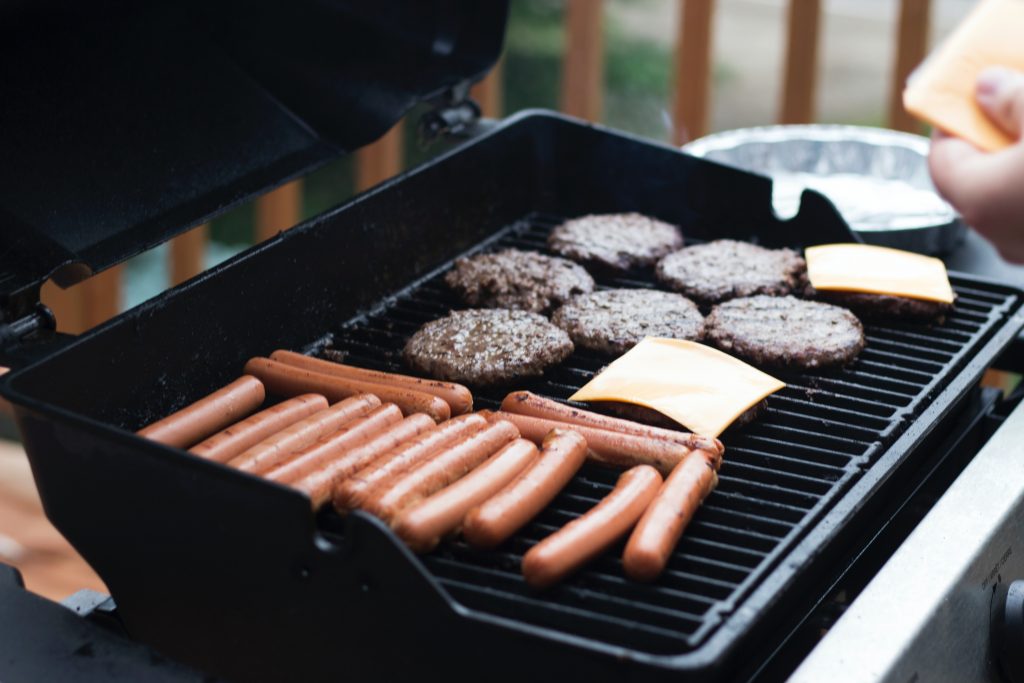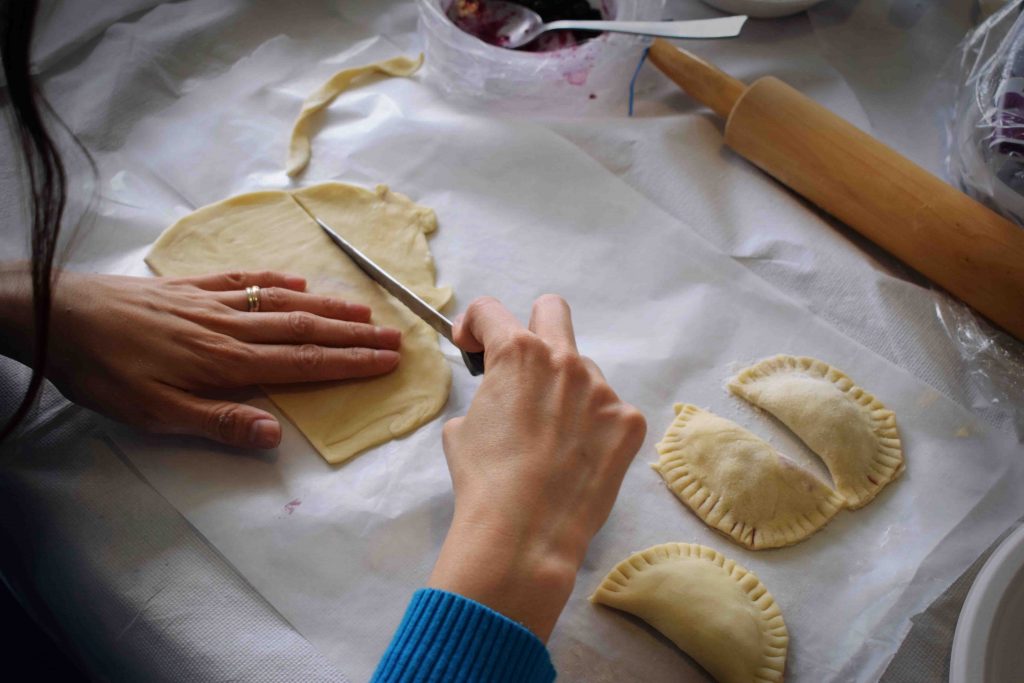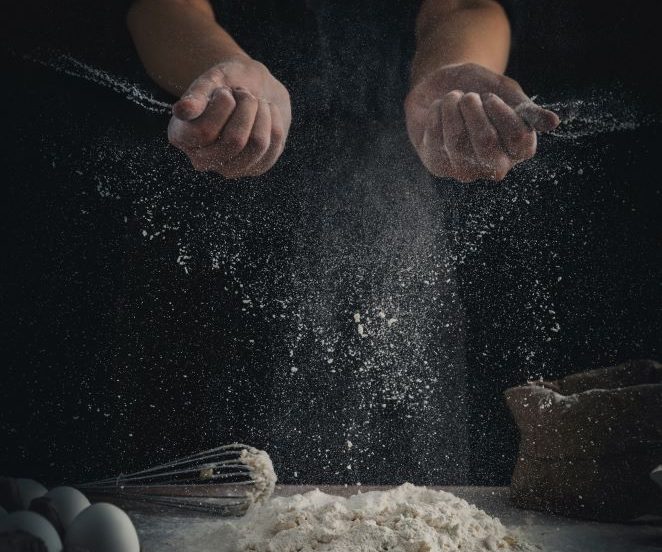Basic Cooking Techniques- Fundamental Methods Every Cook Should Know
We may earn a commission for purchases made using our links. Please see our disclaimer to learn more.
Basic Cooking Techniques– Fundamental Methods Every Cook Should Know
Introduction
Basic Cooking Techniques is more than following recipes; it’s understanding how flavors come together and how to manipulate foods to create your own masterpieces.
As a fervent enthusiast of the culinary arts, I can’t emphasize enough the vitality of knowing the basics. Cooking is an art, but it’s also a science.
Importance of Mastering Basic Cooking Techniques
Mastering fundamental cooking techniques opens the world of cuisine. It’s the strong base that professional chefs and passionate home cooks build upon. It’s the safety net that lets you experiment, knowing that you have the essentials down to a tee.
The Techniques
Boiling and Simmering
Boiling is the simple act of heating a liquid until it reaches its boiling point. Simmering, its gentle cousin, is all about low and slow. Unlock the culinary world with Basic Cooking Techniques every cook should know. Boiling rapidly cooks, while simmering coaxes out deep flavors.
Avoid boiling overflows by vigilantly monitoring heat and water levels. Simmering tip: maintain a gentle bubble, not a rolling boil, for succulent meats and perfectly seasoned broths. These fundamental methods are the foundation for countless delectable dishes, ushering you into a world of cooking with confidence and flair.
Risks and Tips
Over-boiling can lead to an overflow, creating a safety hazard. Always keep an eye on what you’re boiling and adjust heat as needed.
Roasting and Baking
Roasting and baking are both dry heat cooking methods. They are fundamental because they intensify flavors and create appealing textures. Embrace the warmth of roasting and baking, cornerstone Basic Cooking Techniques every cook should know.
Roasting caramelizes surfaces, creating rich flavors, while baking offers precision for breads and pastries. Avoid over-drying by timely checking and tenting with foil if needed.
For even bakes, regularly rotate your pans. These methods transform simple ingredients into comforting, wholesome meals and treats, perfecting the heart of home cooking.
Risks and Tips
Over-roasting can dry out food and burn it. Always preheat your oven and check food regularly.
Sautéing and Pan-Frying
This technique is about cooking food quickly in a small amount of fat. It’s all about the flip in the wrist and ensuring that your ingredients are cut uniformly. Unleash flavor with sautéing and pan-frying, core Basic Cooking Techniques for every aspiring chef. Sautéing cooks quickly with minimal oil, highlighting fresh produce and tender meats.
Pan-frying achieves a delectable, crisp exterior. Avoid overcrowding the pan; give ingredients space to sear, not steam. Adjust heat as needed to prevent burning. These methods are your fast track to vibrant, golden, and irresistibly crunchy creations, turning an ordinary meal into a memorable feast.
Risks and Tips
Uneven heating and potential for oil splatters are risks. Always prep ingredients before you heat the pan.
Grilling

Ah, the beloved char of grilled food. Grilling involves cooking food over an open flame or heated grates. Ignite your culinary passion with grilling, a quintessential Basic Cooking Technique. Grilling imparts smoky flavors and appealing grill marks on meats and vegetables.
Be mindful of flare-ups; maintain a safe distance and keep a spray bottle of water handy. Preheat the grill for consistent, sear-perfect results. This method brings the joy of outdoor cooking to your repertoire, promising flavorful and charred-to-perfection delights every time.
Risks and Tips
Flare-ups and overcooking are common risks. Regularly clean your grill and monitor the food closely.
Embark on a flavorful journey with the 7 top most popular outdoor cooking items, essential for every al fresco chef:
- Charcoal Grill: Imparts a rich, smoky flavor to meats and vegetables.
- Gas Grill: Offers precise temperature control for perfect grilling every time.
- Outdoor Pizza Oven: Elevate your pizza game with artisan, wood-fired pies.
- Smoker: Infuse meats with deep, savory smokiness.
- Portable Camping Stove: Enables gourmet meals, even in the wilderness.
- Fire Pit: Ideal for rustic, open-flame cooking and social gatherings.
- Outdoor Griddle: Perfect for everything from sunrise pancakes to sunset fajitas. These items are the keys to unlocking unforgettable, outdoor culinary adventures.
With these popular outdoor cooking items, you can extend your kitchen into the fresh air, embracing the joy of alfresco dining and entertaining with ease.
Steaming
This is the go-to for health enthusiasts. It involves cooking food by using the steam produced from boiling water. Discover the gentle art of steaming, a key Basic Cooking Technique every cook should know. Steaming preserves nutrients and vibrant colors in vegetables and seafood.
Avoid overcooking by checking for tenderness regularly. Use a steamer basket to prevent food from touching boiling water. This method is your passport to healthier, crisper, and brighter dishes, allowing the natural flavors of your ingredients to shine through beautifully.
Risks and Tips
Risk of overcooking and ending up with mushy vegetables. Use a tight-fitting lid and check food regularly.
Braising and Stewing
These are slow-cooking methods that involve cooking food gently in liquid for a long period. Explore the cozy realms of braising and stewing, essential Basic Cooking Techniques every cook should cherish. Braising tenderizes tough cuts of meat through slow, moist cooking, while stewing melds flavors in a rich, comforting broth.
Avoid high heat; low and slow is the mantra. Ensure meats are seared to golden perfection before braising. These techniques transform simple ingredients into hearty, soul-warming meals, perfect for family gatherings and cold nights alike.
Risks and Tips
The key risks here are overcooking and drying out the food. Low and slow is the golden rule.
Why These Techniques Matter
These techniques are your paintbrushes in the grand canvas of culinary art. They provide control, allowing you to master timing, manipulate flavors, and present your food like a pro. Grasping Basic Cooking Techniques is the heart of culinary mastery. These methods shape every dish, dictating flavor, texture, and presentation.
Understanding them fosters creativity and confidence, allowing you to adapt recipes and innovate in your kitchen. These techniques are more than just steps; they’re the foundation of cooking itself.
They empower you to transform raw ingredients into memorable meals that nourish the body and soul, making every kitchen endeavor a rewarding experience.
Common Mistakes to Avoid
- Over-seasoning
- Constantly checking the food
- Using low-quality ingredients
Navigating Basic Cooking Techniques involves sidestepping common pitfalls. Overheating oil, rushing the cooking process, and under-seasoning are frequent errors that compromise dish quality. Avoid overcrowding your pan; it leads to uneven cooking.
Remember to taste and adjust seasonings as you cook, not just at the end. These techniques are forgiving; mistakes are part of the learning curve. Armed with awareness and patience, you’ll refine your skills and elevate your culinary creations to new heights.
Elevating Your Cooking
Experimenting with Flavors
Once you know the rules, you can start to bend them. Experiment with herbs, spices, and unusual ingredients. Elevate your craft through flavor experimentation within Basic Cooking Techniques. Blend herbs and spices to create unique, palate-pleasing profiles.
Don’t fear unconventional pairings; a dash of cinnamon in savory dishes can surprise and delight. Adjust acidity with a splash of vinegar or citrus to brighten flavors. Embrace the world of umami with soy sauce or mushrooms. This journey through taste is where your personal touch shines, transforming you from a cook to a true kitchen artist.
Practicing Technique

Practice doesn’t just make perfect, it breeds confidence. The more you practice, the more intuitive cooking becomes. Mastering Basic Cooking Techniques demands dedicated practice. Regularly hone your knife skills, perfect your searing, and finesse your folding technique.
Allocate time to revisit and refine staple recipes, aiming for consistency. Take notes on outcomes, adjusting as you learn. Treat each meal as an opportunity to improve, approaching both triumphs and mishaps as valuable lessons. Through committed practice of these techniques, you elevate your cooking from a mere task to an expressive, fulfilling art form.
Conclusion
Mastering basic cooking techniques is akin to learning how to walk before you run. It’s the backbone of all great cooking and the secret to moving fluidly and confidently in the kitchen. As an advisor and fellow food lover, I urge you to take the time to learn, practice, and embrace these techniques. They aren’t just methods; they are the gateway to endless culinary exploration.
FAQs
- Is it necessary to learn all these techniques?
- No, but learning them can significantly enhance your cooking versatility and enjoyment.
- How can I practice these techniques?
- Start with simple recipes that center around one key technique.
- What is the most important cooking technique?
- There isn’t a single ‘most important’ technique; they all have their unique applications and benefits.
- How do I avoid common cooking mistakes?
- Go slow, read recipes thoroughly, and don’t be afraid to make mistakes. They are your best teacher.
- What is the difference between boiling and simmering?
- Boiling involves cooking at 212°F (100°C), while simmering involves lower temperatures, around 185°F (85°C) to 205°F (96°C).




